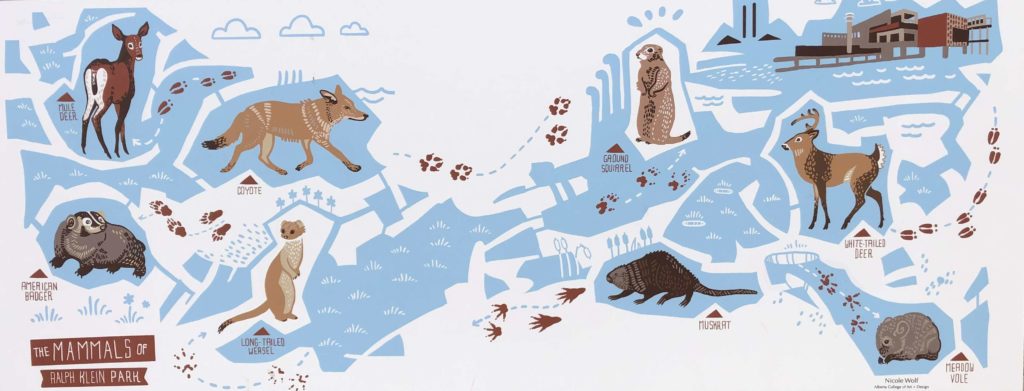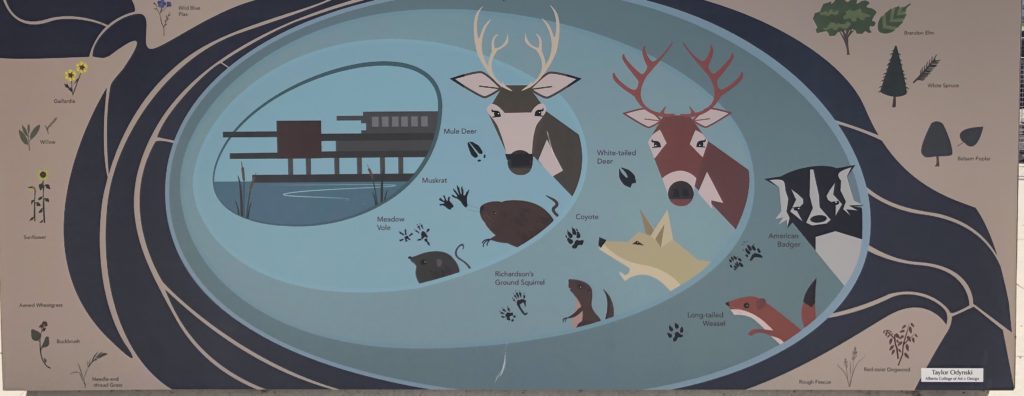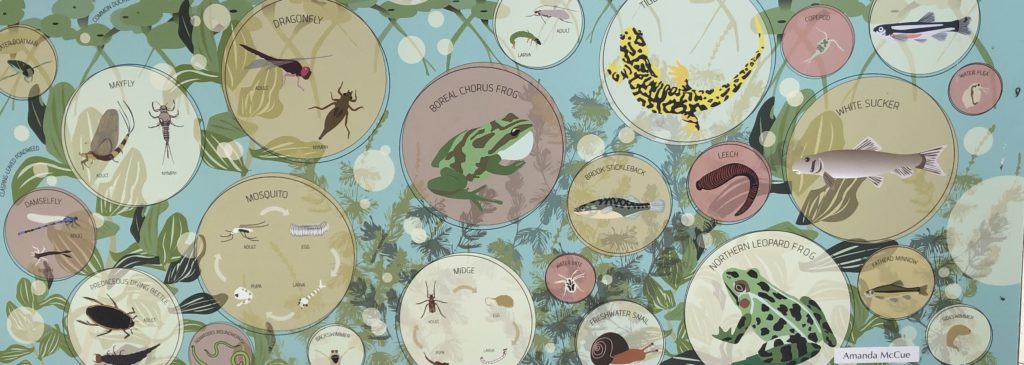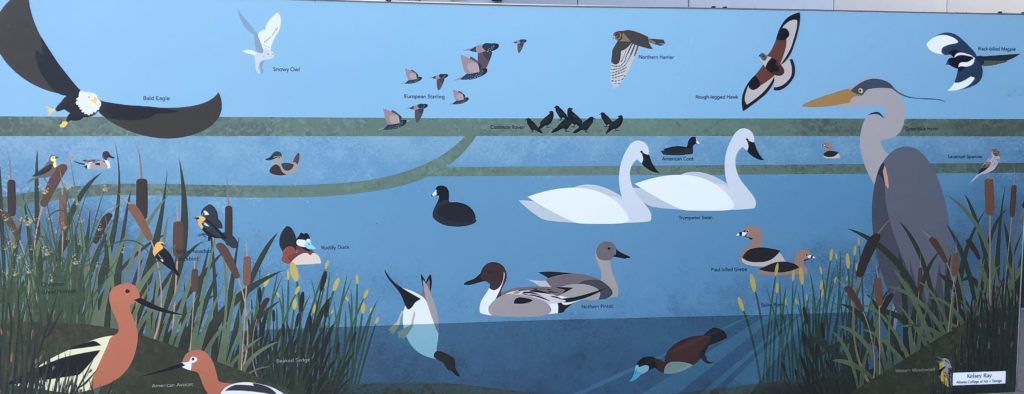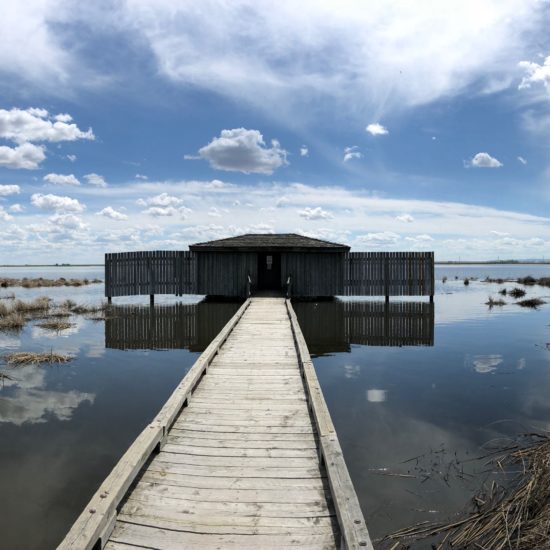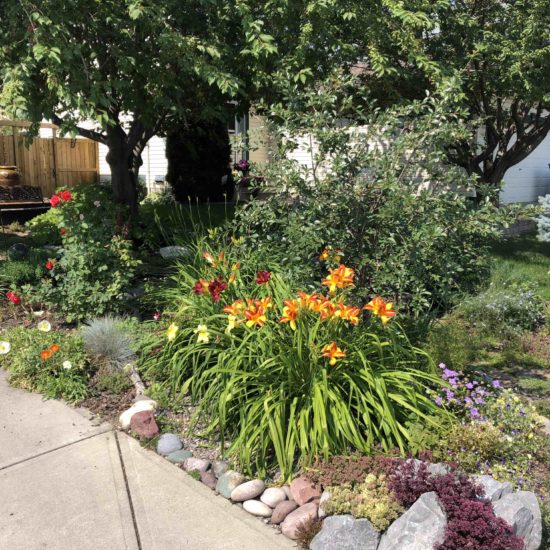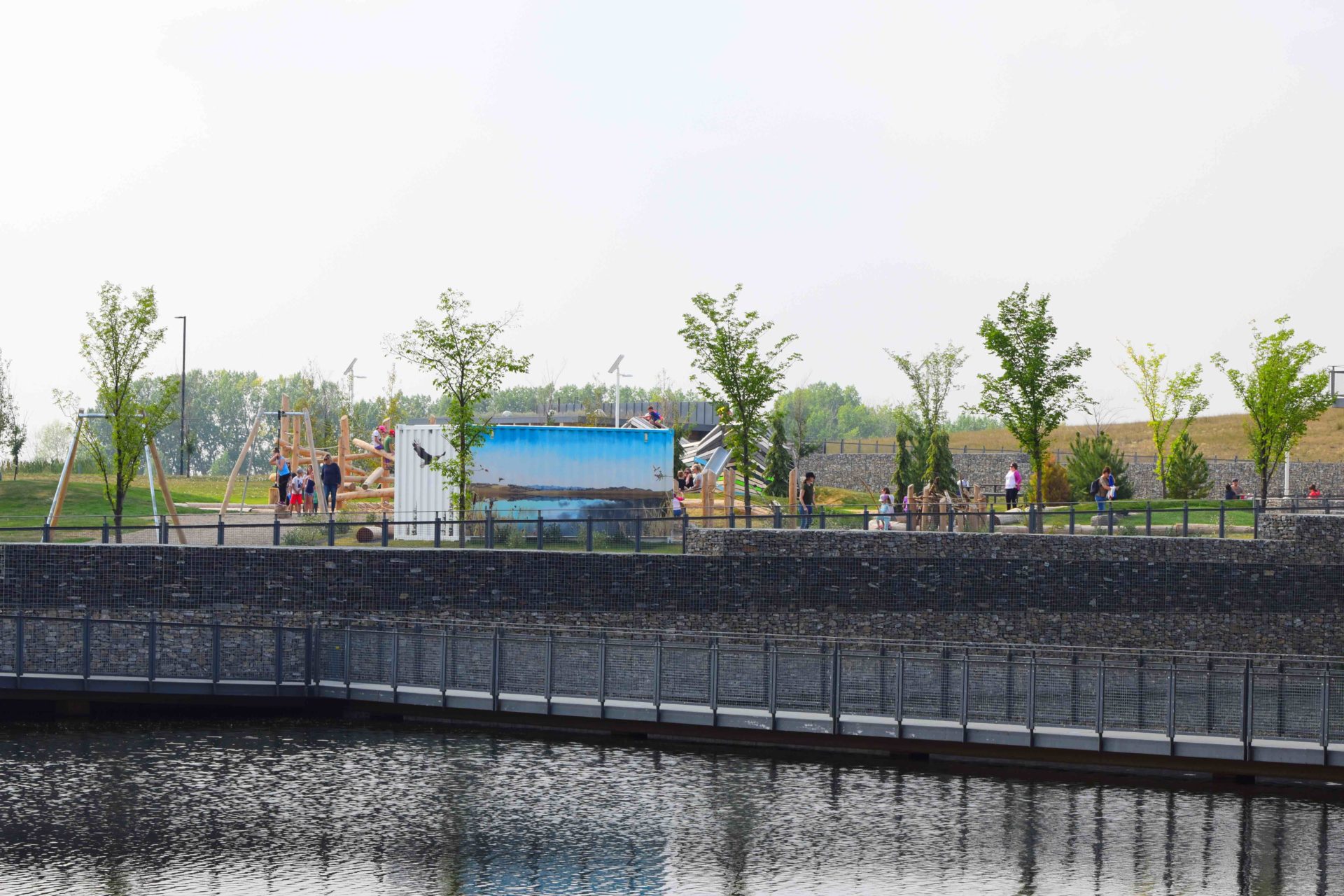
Explore wetland wonders within Calgary at Ralph Klein Park
The Ralph Klein era seems to stand out in many Calgarians – and Albertans – memories as a significant and impactful one. Remembered as the 32nd mayor of Calgary and 12th Premier of Alberta, it was during his leadership that citizens saw fiscal stability and wealth-generation in the province like few others in recent history. As with any strong politician, this wasn’t a time devoid of its fair share’s worth of controversy. Nonetheless, his name has become synonymous with numerous landmarks and initiatives across Alberta. Not least of these is the unique City of Calgary park on the southeastern city limits that bears his name.
Having opened in 2011, Ralph Klein Park is a 30-hectare (74-acre) facility that features a man-made wetland at its core focus. Constructed to improve storm water quality before it enters the Bow River, it craftily channels the water through a series of sequential ponds that facilitate settling out of sediment while vegetation and organisms naturally treat the water. The significant fauna, flora, microbe and bug life that exist in this biosphere is testimony to the health and wellbeing of the system. The city’s public parks development department has creatively constructed a unique and interactive educational and family-centric facility around this extensive water system.

The public hub of the grounds, the extensive low-rise environmental educational centre, conjures a sense of a futuristic structure that seems to hover above the water body beneath it. Equipped with a generous, naturally lit foyer, interpretive and educational story boards, numerous teaching classrooms, low- or no-flush toilet facilities, and boasting a claim to generating zero-waste, one could be easily convinced that this is, indeed, a futuristic building. The centre offers seasonal drop-in family programs, and is also available for special events bookings like corporate functions, birthday parties and weddings. Enquiries can be made during business hours directly with the Centre to find out more about their summer nature camps, summer drop-in programs, birthday party themed activities, birding programs or any other event you might wish to enjoy there.

Visitors to the environmental education centre approach the building from the carpark via a community orchard planted with a selection of five pear and eight apple varieties. Fruit from these trees can be picked and enjoyed by the public as they ripen.

The extensive natural playground adjacent to the Centre facilitates family fun through energy-sapping exploration! As a result, the playground park features a log and boulder climbing area, a loose parts play area with log posts, a log jam with ropes, nets and sliding bars, a mountain sculptural climbing structure, and a low-rise zipline. An extensive green space dotted with picnic tables complete the family-friendly outdoor environment. While private barbecues are discouraged future plans exist for public barbecue facilities.

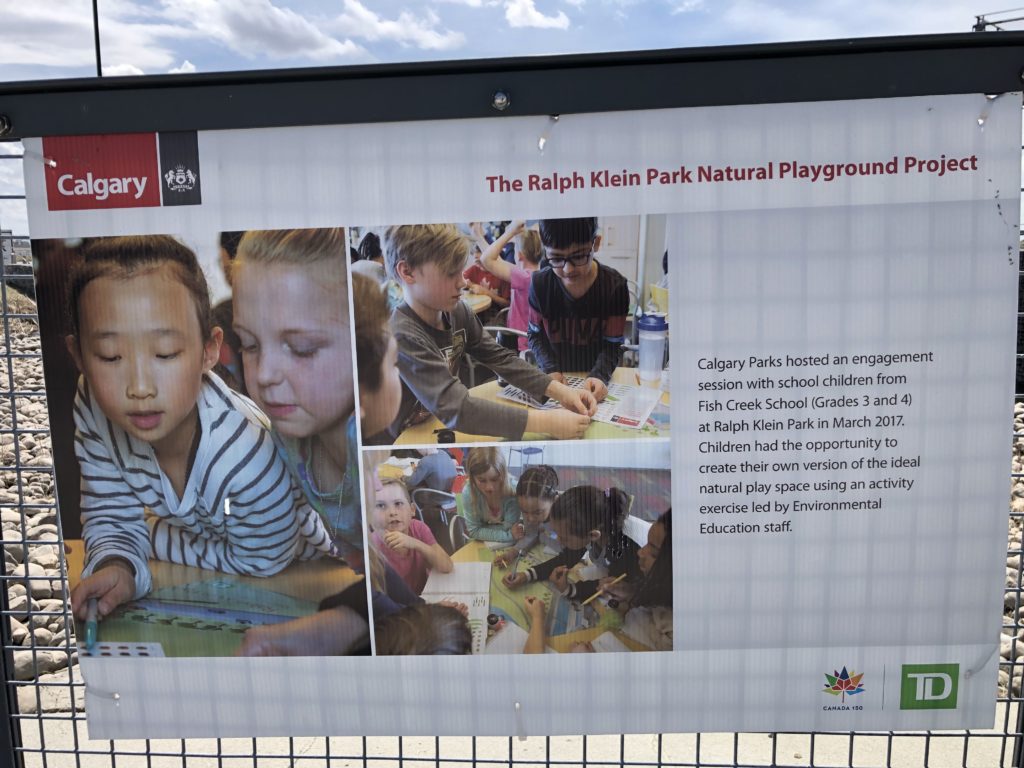
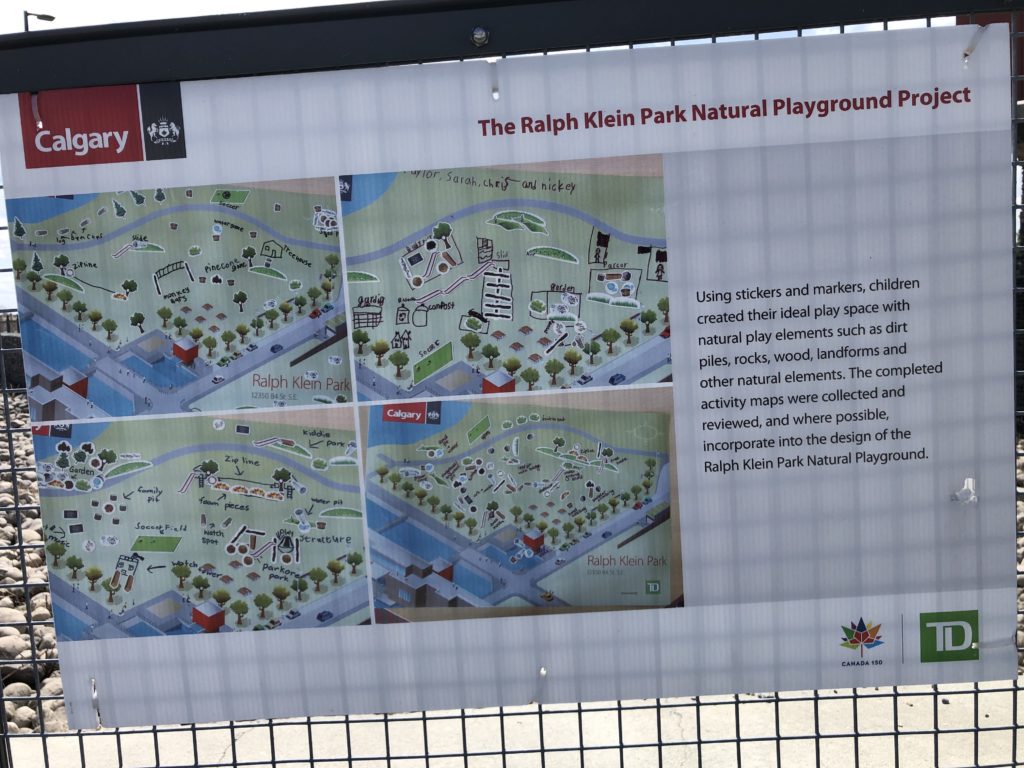
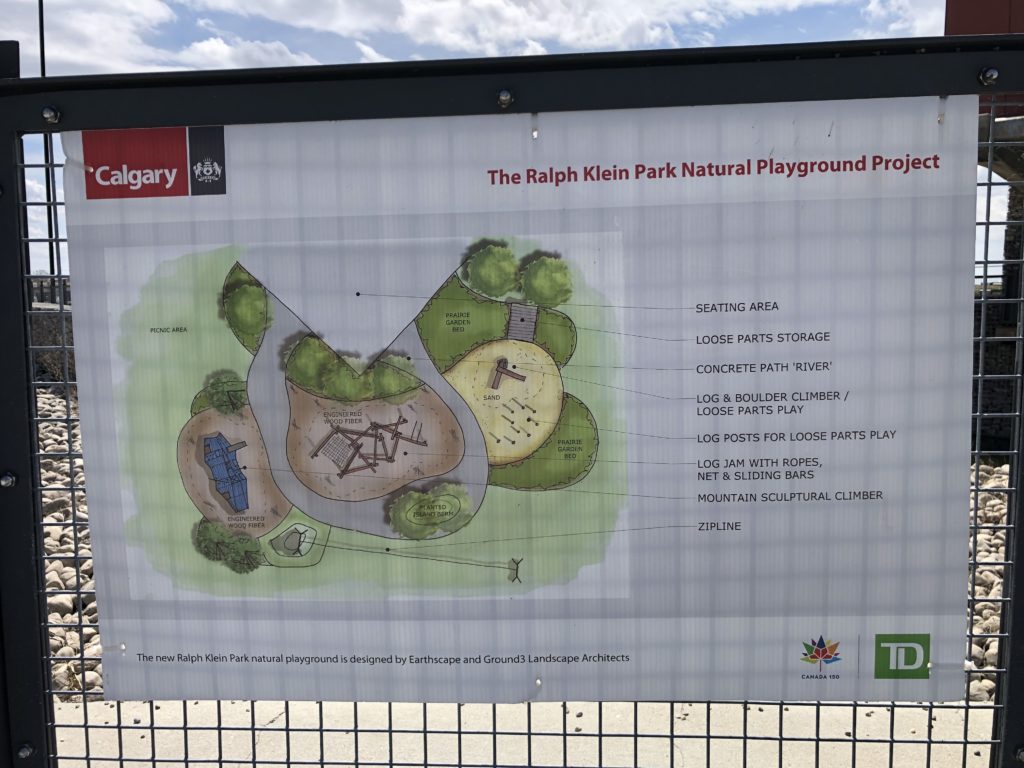
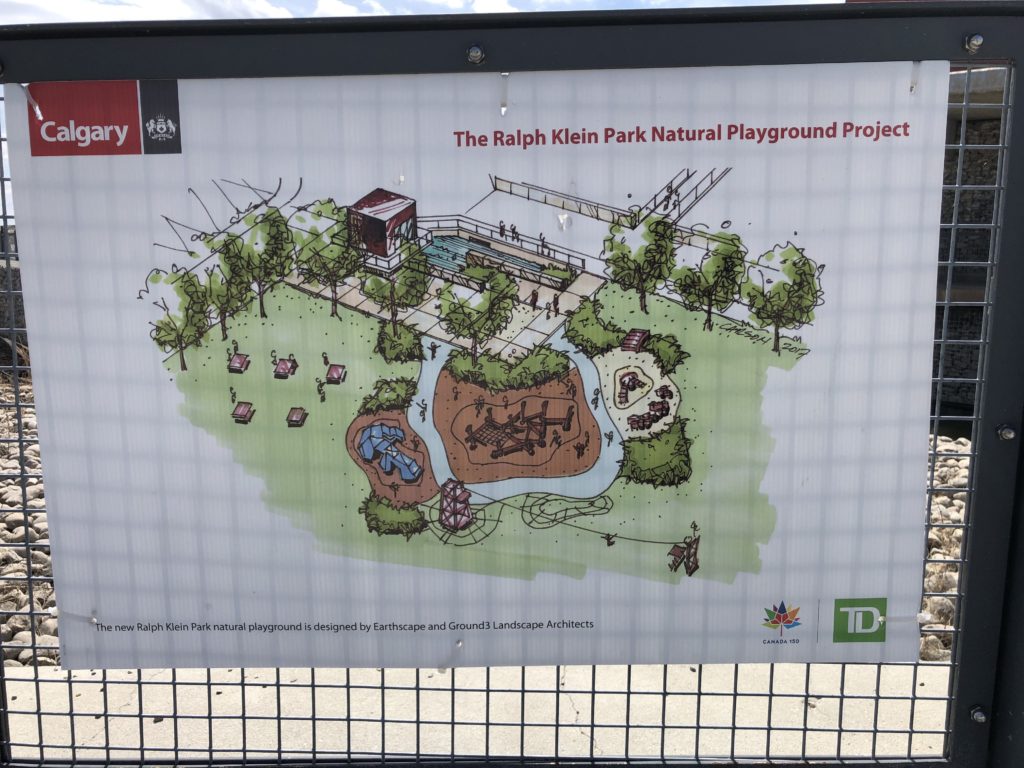
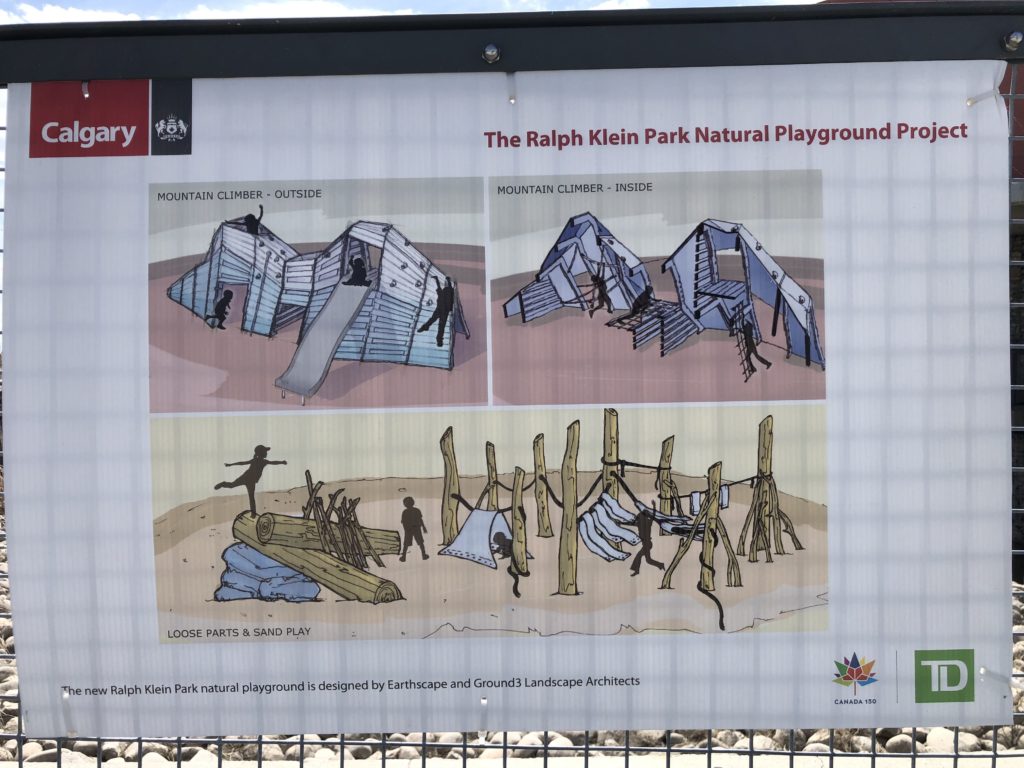
Natural Park playground from concept to implementation

Ultimately, though, the core purpose of the park is about water conservation and management. There is extensive opportunity to enjoy this aspect of the park. There are several kilometres of interpretive trails, study stations, wetland viewing areas and learning gardens. Floating pontoons in the wetland allow visitors to gaze into the shallow waters and even pond dip to extract and view the prolific micro-organisms and bug life that populate the waters. See our recommended list of home-supplied equipment below. While pond dipping is encouraged, this activity should be strictly supervised by adults for the safety of minors and for the protection of the sensitive wetland ecosystem.





Several public events are hosted by the park. The Royal Astronomical Society of Canada holds educational stargazing events here. These are a great public attraction. An example is “Solstice in the Park” which will take place on June 22nd.
Don’t forget to appreciate some of the public art that is on display. Beverly Pepper’s Sentinels, and ACAD’s Nicole Wolf, Amanda McCue, Taylor Odynski, Meghan Robinson, and Kelsey Ray are examples of some of the artists who have contributed to elements at the park.

Use of the park has increased significantly in recent years. Consequently, the centre will be seeing an internal facelift in the coming months based on the changes in the profile and demographics of the park’s visitors.
Since this is a natural environment, no dogs are allowed in the park except for assistance dogs.
The park can be accessed from Stoney Trail at the 114th Avenue SE exit. The extensive Rotary/Mattamy Greenway, the paved pathway that circumnavigates most of the city limits, passes by the park. This allows cyclists and avid runners to be able to access the park at their own leisure.

The park and trails are open to the public every day of the year from 5am to 11pm. The educational centre is open for seasonal hours. Consult the website for details.
Fauna and flora commonly found on the property:
- Mammals: meadow vole, Richardson’s ground squirrel, long-tailed weasel, muskrat, American badger, coyote, mule deer, white-tailed deer
- Birds: yellow-headed blackbirds, European starling, western meadowlark, common raven, black-billed magpie, savannah sparrow, great blue heron, trumpeter swan, northern harrier, rough-legged hawk, American coot, American avocet, ruddy duck, pied-billed grebe, northern pintail, bad eagle, snowy owl
- Terrestrial plants: rough fescue, red-osier dogwood, wild blue flax, gaillardia, willow, sunflower, awned wheatgrass, buckrush, needle-and-thread grass, balsam poplar, white spruce, Brandon elm
- Water plants: common duckweed, clasping-leaved pondweed, beaked sedge, common great bulrush, spike rush, Baltic rush
- Insects (including water bugs): water boatman, mayfly, damselfly, mosquito, dragonfly, caddisfly, predacious diving beetle, roundworm, backswimmers, water mite, freshwater snail, leech, sideswimmer, water flea, copepod
- Amphibians: northern leopard frog, boreal chorus frog, tiger salamander
- Fish: white sucker, fathead minnow, pearl dace
If you’re eager to visit another wetland in the nearby Calgary area you should read more about I Am Calgary’s experience at Southern Alberta’s wetland phenomenon that is Frank Lake.
Here is a list of items you should consider bringing to Ralph Klein Park with you:
- Picnic basket with snacks – please keep waste packaging to a minimum or eliminate use of this completely! Remember, this is a zero-waste facility, so minimizing consumer waste by visitors is greatly appreciated!
- Reusable water bottle pre-filled with water
- Reusable water bottle pre-filled with water
- Sun screen
- Sun glasses
- Bug spray – this is a wetland and bugs are plentiful
- Sweater – the area is exposed and can be quite windy
- Basic first aid kit – in case any children experience some spills on the playground
- Lawn games
- Camera
- Binoculars
- Bird reference guide
- Pond dipping equipment
- Meat basting suction syringe: to gently suck up and dispense water and bug samples from the wetland
- Plastic egg cups or ice cube containers: for dispensing your water sample from your syringe to be able to inspect your bugs more closely under the magnifying glass
- Magnifying glass: preferably 5x magnification or greater
- Small fish nets: for scooping bugs or fry
- Containers: 2 to 5-litre for carrying your equipment and for collecting samples
- Bug reference guide or book
- Hand sanitizer: eco-friendly



